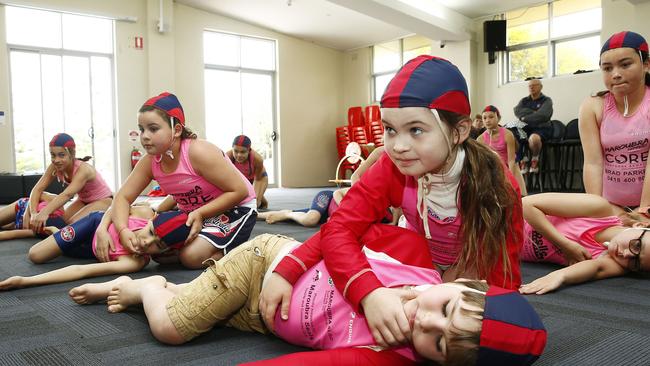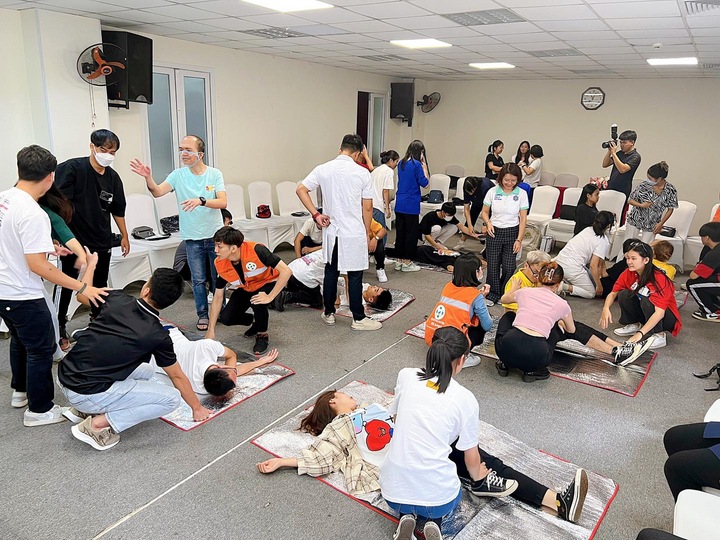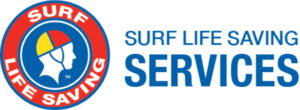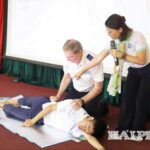In everyday life, we cannot avoid unexpected situations that may happen to ourselves or those around us. From minor injuries to serious accidents, mastering the basics of first aid is an extremely important skill. That’s why in developed countries, children can start learning to survive when falling into water from 6 months old. From the moment they enter elementary school, they begin to learn basic safety skills and first aid. By the time they complete high school, almost all students have learned first aid. Then until you go to work, even if you don’t work in the medical field, many professions require you to learn first aid every year for many reasons as follows.

First aid is very easy to perform. Anyone can do it, even if you’re not a medical professional.
One of the reasons many people feel hesitant about learning first aid is that they think it is too complicated and difficult to perform, and only doctors know how to do it. However, this is completely wrong. In fact, first aid is very easy to learn and apply.
First, basic first aid steps are often simple and easy to remember. First aid techniques according to international standard programs are designed so that anyone can perform them, no need to be medical staff. You can refer to some of the following first aid instructional videos to see that with just a little time and attention, anyone can become a first aid person.

Second, there are many first aid courses to choose from. It only takes you 8 hours with the Basic First Aid course to know how to handle most common accidents in life. First Aid skills need to be practiced in class so that you can be ‘hand-held’ by teachers and experts to ensure your operations are correct. However, if you do not have the opportunity to attend a practice class, you can join the First Aid 4.0 Program to learn theory immediately and practice when you can arrange time. Or you can study with colleagues in corporate training packages.
Even if you don’t know how to treat it, you can help the victim
We call it FIRST AID because it is the first thing to do when an incident occurs before medical staff can get to the scene. When a victim has cardiac or respiratory arrest, you only have 4 – 8 minutes of ‘golden time’ to save the victim. However, it is difficult for ambulances and medical forces to be present at the scene or for you to be able to take the victim to the hospital in time during this ‘golden time’. When taken to the hospital, the doctor will treat the victim, however, no matter how good the doctor or hospital is, they cannot treat successfully if the victim has died or the condition has become worse than before. when taken to the hospital.
Proper first aid will help:
- Preserve the victim’s life
- Prevent the victim’s problems from becoming more serious
- Helps recover faster after treatment
Thanks to that, doctors can treat victims more effectively. Watch the video below about the case of Mr. Nghia Pham. Immediately after learning First Aid at SSVN Survival Skills, he helped victims after being hit by a container truck on the highway. The victim’s condition after 1 year later.
Increase confidence and reduce panic when an emergency occurs
Emergency situations often make untrained people panic, confused, helpless, not knowing what to do, or following their instincts, easily leading to wrong decisions that can make the problem worse for the victim. and endanger yourself. In Vietnam, many similar cases have occurred such as: children saving drowning friends leading to drowning in groups, supporting people in traffic accidents but not paying attention to spinal injuries and sending them to the hospital. The hospital did not provide first aid, so the victim died, etc.

Learning first aid helps you prepare for unexpected situations. Emergency medical situations can happen anywhere, at home, at school, at work or while traveling. When learning first aid using the international method, you will practice and become familiar with hypothetical situations that often occur in reality. For studying in a private group at home or at a business, you will get acquainted with situations that happen right at your own place of work and living to practice how to coordinate smoothly with each other, using the techniques available tools etc. when an incident occurs. This way you can stay calm and make more informed decisions to protect the safety of the victim and yourself.
In addition, in Vietnam, because not many people know first aid, incident scenes are often chaotic. In many cases, people around want to help but are afraid to get close. Some other people try to help the victims. can help in the wrong way, making the condition more serious. Staying calm, performing first aid and guiding the crowd to properly coordinate and support the victim will be very helpful to the victim.
Build a safer lifestyle
Learning first aid helps you have a greater awareness of the risks of accidents and injuries in daily living environments and the consequences they can cause. At the same time, you also learn safety prevention methods to help your family and workplace become safer.
If your family has children, Survival Skills Vietnam offers you the course Hazard Awareness so you can recognize and mititgate injury risks at home and help your kids avoid dangers.
When you know how to provide first aid, you not only help protect your own health and life but also that of your family and the surrounding community. The feeling of confidence and peace of mind that comes from knowing that you can act when necessary is one of the immeasurable benefits. Learning first aid is really easy and necessary. Don’t let unnecessary worries stop you from mastering this important skill. Start with the simplest steps, and you will see that first aid is not only easy to perform but also brings great benefits in everyday life.





